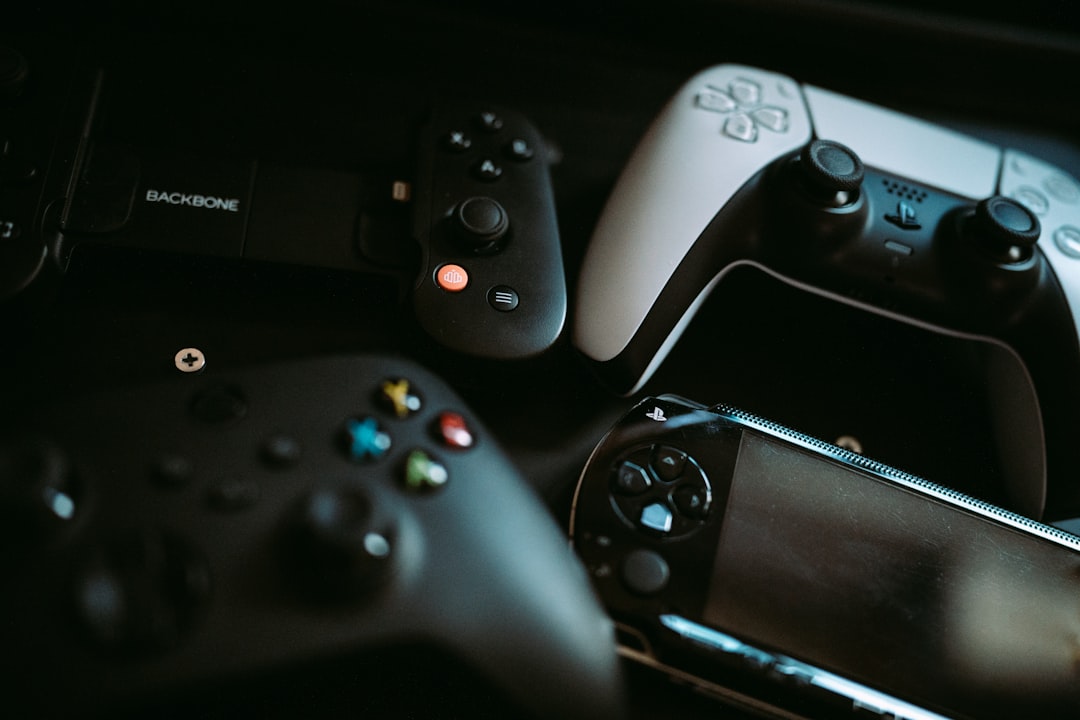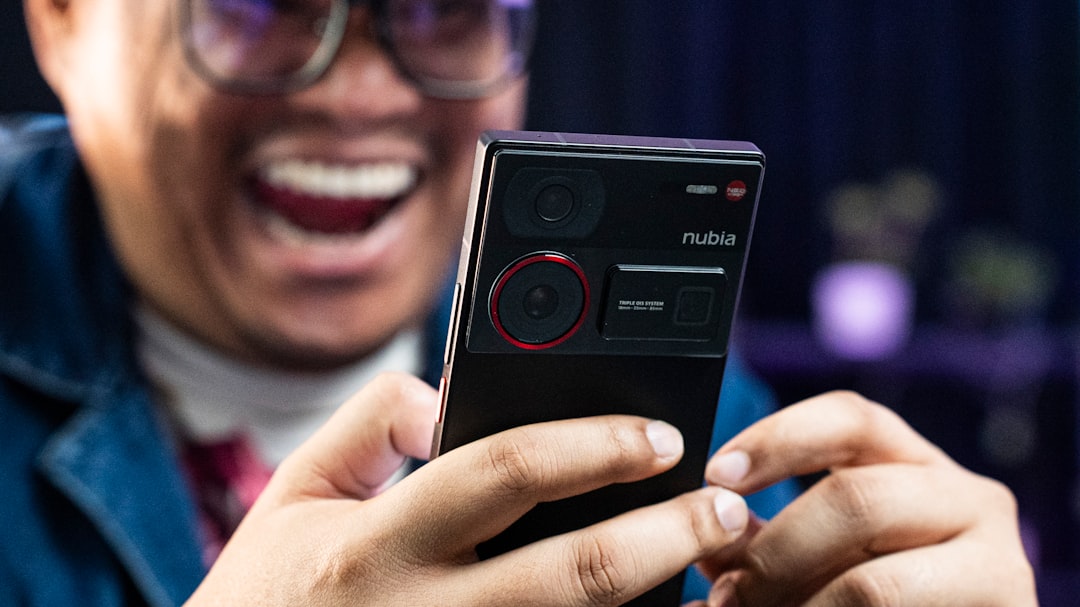The Nintendo Switch has seen remarkable success since its launch in 2017, acclaimed for its hybrid portability and versatile Joy-Con controllers. As rumors and leaks surrounding the anticipated Nintendo Switch 2 continue to grow louder, much speculation has been circling around what kind of upgrades or changes users might expect from the console’s next-generation controllers. These input devices are integral to the gaming experience, helping Nintendo differentiate its platform in a crowded market. So what can fans expect from the Switch 2 controllers?
1. A Refined Joy-Con Design
One of the most consistent rumors regarding the Switch 2 revolves around a redesigned Joy-Con. While the original Joy-Con controllers are undeniably innovative, they’ve not been without criticism — particularly due to the infamous “Joy-Con drift” issue, where the analog sticks register movement inaccurately due to wear and tear over time.
With the Switch 2, Nintendo is expected to address these concerns directly. Reports suggest reinforced analog sticks, potentially using Hall Effect sensors which are more resistant to degradation than the current mechanical sensors. Additionally, improved ergonomics with a slightly larger grip could make the Joy-Cons more comfortable for extended play sessions.

2. Enhanced Motion Control and Haptics
Nintendo has always been a pioneer in motion-based gaming, and the original Joy-Cons included commendable tech like gyroscopes and accelerometers. However, expectations are high that the Switch 2’s controllers will move this technology forward. More accurate motion tracking, potentially using AI-based software correction, could drastically improve performance in motion-heavy games like ARMS or Ring Fit Adventure.
Moreover, there’s speculation about upgraded haptic feedback. The current HD Rumble is already more advanced than standard vibration motors, but the next iteration could offer even more nuanced feedback, mimicking various in-game textures and interactions with shockingly realistic detail — similar to the haptics in Sony’s DualSense controller.
3. Improved Connectivity and Compatibility
One of the frustrations users face with the existing Joy-Cons is occasional desyncing or input lag, especially in certain wireless configurations. The Switch 2 controllers are expected to feature more stable and faster wireless connectivity, possibly leveraging Bluetooth 5.0 or higher. This would ensure smoother gameplay for local multiplayer, particularly when multiple controllers are connected simultaneously.
Another key area to watch is backward compatibility. Will new Joy-Cons work on the original Switch? Will the current controllers be usable with the new system? While nothing has been confirmed, Nintendo has a history of supporting past hardware in their next-gen efforts, so consumers may likely see cross-compatibility between generations — at least on a software level.

4. Customization and Accessibility
The gaming audience is more diverse than ever, and accessibility is an increasingly important topic. Nintendo may add support for more extensive customization options on the Switch 2 controllers, similar to Microsoft’s Xbox Adaptive Controller system. Modifiable button layouts, swappable components, or even software-based remapping could be on the table.
This would be a game changer (literally) for gamers with physical disabilities, as well as competitive players who like to tailor their setup to a specific play style. Enhanced accessibility features would not only broaden Nintendo’s user base but also align with ongoing industry efforts to make gaming more inclusive.
5. New Features and Innovations
It wouldn’t be a Nintendo console without some surprises. Insiders speculate that the Switch 2 controllers might include several brand-new capabilities. These could include:
- Fingerprint sensors – For user-specific login and personalized settings.
- Mini display integration – Small LED panels for system indicators, similar to Dreamcast’s VMU concept.
- Environmental sensors – Temperature or light sensors that could affect in-game environments.
While these ideas may seem far-fetched, it’s important to remember that Nintendo often drives innovation beyond conventional gaming norms. With the Switch 2, they may well introduce features no one saw coming but everyone will appreciate.
6. Native Smartphone Connectivity
The original Switch required a somewhat clunky app to facilitate voice chat and player invites. With Switch 2 controllers, Nintendo may finally streamline this process. Integrated support for voice communication, likely through onboard microphones or connection with smartphones, could modernize multiplayer communication.
Imagine being able to lift the controller and engage in a voice party without requiring a phone or secondary device. This direction would align with the next-gen appeal of seamless user experience.

7. Battery Life and Sustainability
Battery life has always been a concern with wireless peripherals. The new controllers may offer smarter power management systems and longer-lasting charges, targeting up to 20-30 hours on a single charge. Faster USB-C charging and possibly wireless charging docks might also feature in the new setup.
Environmental sustainability is another area where Nintendo can make strides. The use of recyclable materials or even parts sourced via environmentally friendly supply chains could win ethical points from consumers. With many tech giants making carbon neutrality pledges, Nintendo may consider this a critical feature of their upcoming hardware.
Conclusion
As the gaming world continues to anticipate the official reveal of the Nintendo Switch 2, the potential improvements to its controllers remain one of the most exciting talking points. With anticipated upgrades in motion control, connectivity, comfort, and even sustainability, the next evolution of Switch gaming promises to be both innovative and deeply engaging.
While Nintendo is known to defy expectations, one thing is certain: they will continue to prioritize creativity and player experience in every button, trigger, and sensor of the new controllers. The Switch 2 will likely not just be a continuation — but a reinvention — of what console gaming can be.
FAQs About Switch 2 Controllers
- Will the Switch 2 use the same Joy-Con controllers?
Early leaks suggest a new iteration may be used, but backward compatibility is still likely. - Is Joy-Con drift finally fixed in the new model?
Rumors point to Nintendo adopting new sensor technology to combat drift issues once and for all. - Can I use my old Nintendo Switch Pro Controller with the Switch 2?
While not officially confirmed, Nintendo tends to support previous accessories, so it’s very possible. - Will there be customizable Joy-Con options?
Yes, personalization and accessibility are expected to play a bigger role in the new lineup. - Are the new controllers going to be more expensive?
Given the rumored added features like enhanced haptics and sensors, a price increase is likely, though it should remain competitive.











